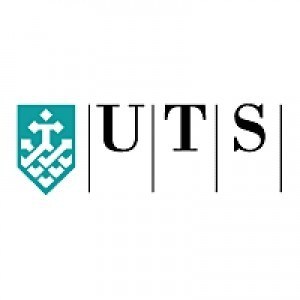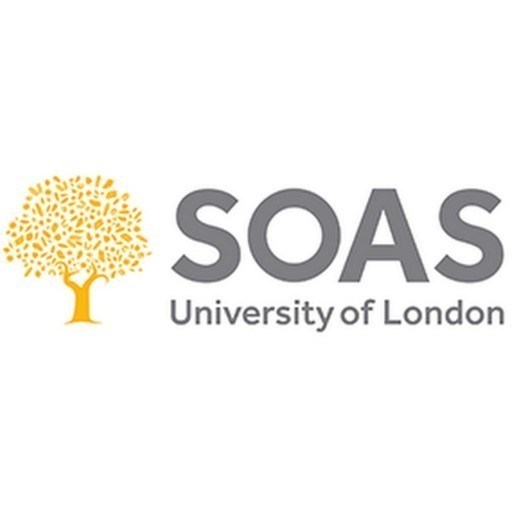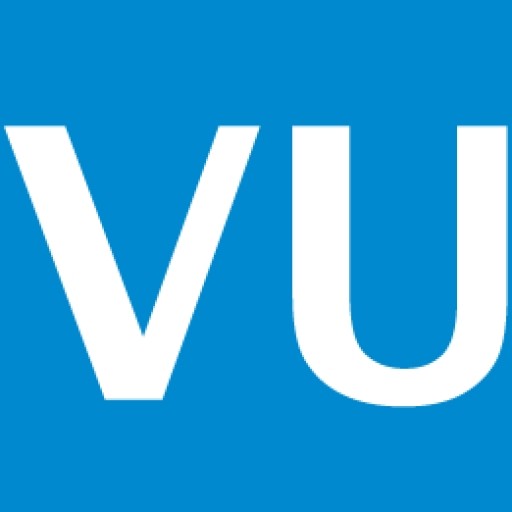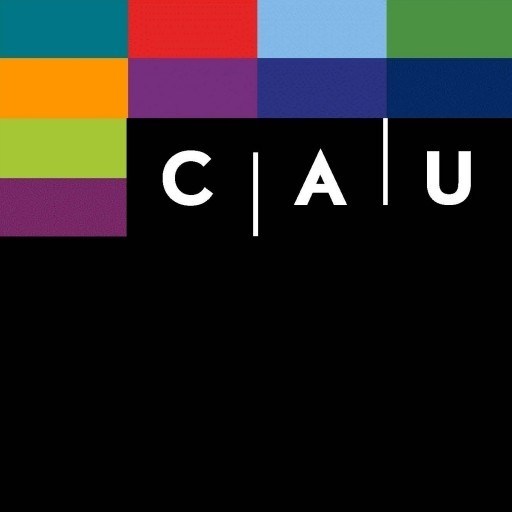Photos of university / #_londonu
The BSc in Quantitative Finance at the University of London offers a comprehensive and rigorous program designed to equip students with the core skills and knowledge necessary for a successful career in financial analysis, risk management, and investment decision-making. This degree combines advanced mathematical and statistical techniques with practical insights into financial markets, enabling graduates to analyze complex financial data and develop quantitative models applicable across various sectors within the finance industry. Throughout the program, students will delve into fundamental topics such as financial mathematics, investment analysis, derivatives, financial markets, and econometrics, ensuring a solid theoretical foundation complemented by real-world applications. The curriculum emphasizes applied learning, using software tools and programming languages such as R and Python, to analyze financial data effectively and build predictive models. Students will also explore topics related to financial regulation, ethics, and corporate finance, preparing them for compliance and governance aspects of financial careers. The program is delivered through flexible distance learning, allowing students to study at their own pace while maintaining access to world-class academic resources and expert faculty. This approach provides the opportunity to balance professional commitments with academic development. Graduates of the BSc Quantitative Finance will be well-positioned to pursue careers as quantitative analysts, risk managers, trading strategists, or further postgraduate study in finance or related fields. The degree is recognized internationally, opening doors to employment across global financial centers. Additionally, the program fosters analytical thinking, problem-solving skills, and a quantitative mindset, essential attributes for navigating the rapidly evolving financial landscape. With a focus on practical skills and theoretical knowledge, the BSc in Quantitative Finance aims to prepare students to meet the challenges of modern finance and contribute effectively to their organizations’ success.
The MSc in Quantitative Finance offered by the University of London provides students with a comprehensive grounding in the mathematical and statistical techniques used to analyze financial markets and develop innovative investment strategies. This programme is designed to equip students with the essential skills needed to succeed in the competitive world of finance, including risk management, financial modelling, derivatives pricing, and computational finance. Throughout the course, students will explore a wide range of topics such as stochastic calculus, econometrics, time series analysis, and programming in Python and R, enabling them to develop sophisticated quantitative methods and algorithms for financial analysis.
The curriculum emphasizes both theoretical foundations and practical applications, preparing students to tackle real-world challenges faced by financial institutions. Students will engage with case studies and project work that simulate the environments of investment banks, asset management firms, hedge funds, and financial consultancies. The programme also covers essential regulatory frameworks and ethical considerations, ensuring graduates are well-versed in the legal and ethical standards governing the financial industry.
Delivered through a blend of online lectures, tutorials, and interactive coursework, the MSc in Quantitative Finance offers flexibility to accommodate working professionals and international students. The programme is suitable for individuals with a strong background in mathematics, statistics, physics, engineering, or computer science who want to advance their careers in quantitative analysis, risk management, or financial technology. By completing this programme, graduates will gain the analytical expertise and technical skills demanded by employers across the financial sector, opening doors to roles such as quantitative analyst, financial engineer, risk manager, or data scientist.
The University of London’s reputation for academic excellence, combined with access to a global network of finance professionals and alumni, makes this programme an ideal choice for those seeking to deepen their understanding of quantitative finance. Students will benefit from extensive support, including access to advanced learning resources, career services, and mentorship opportunities. Upon graduation, students will be equipped with the knowledge and skills to innovate in the rapidly evolving domain of financial markets, contributing to more efficient, transparent, and resilient financial systems worldwide.
The University of London offers a comprehensive Quantitative Finance programme designed to equip students with advanced skills in financial modeling, statistical analysis, and mathematical techniques pertinent to the financial industry. To enroll in this programme, applicants are typically required to hold a relevant undergraduate degree with a strong foundation in mathematics, finance, or economics. A minimum grade point average may be specified, often equivalent to a UK first or upper second class (2.1). Proficiency in English is mandatory, demonstrated through standardized tests such as IELTS or TOEFL, with minimum scores usually set at IELTS 6.5 overall with no less than 6.0 in each component, or TOEFL iBT score of at least 90. Prior experience in programming languages such as Python, R, or MATLAB can be advantageous but is not always strictly required.
The curriculum encompasses core modules in quantitative methods, financial markets, derivatives, risk management, and econometrics. Students must complete a combination of coursework, projects, and examinations to demonstrate mastery of the material. The programme is delivered through a blend of online lectures, tutorials, and self-directed study, allowing flexibility for part-time students or professionals. To achieve the degree, students are usually expected to accumulate a specified number of credit points across taught modules and a dissertation or research project that applies quantitative techniques to a real-world financial problem. The programme emphasizes practical application, requiring students to analyze current market data, develop financial models, and utilize statistical software tools.
In addition to academic prerequisites, applicants should possess strong analytical skills, attention to detail, and the ability to work independently. The university recommends prospective students review the detailed module descriptions and assessment criteria available on its official programme webpage. Certain prerequisites in mathematics, including calculus, linear algebra, and probability theory, are highly recommended as foundational knowledge for effectively engaging with the advanced quantitative content. Prospective students are encouraged to contact the admissions office or programme coordinators for specific eligibility questions, especially if they possess alternative qualifications or significant professional experience in the financial sector. The university aims to select candidates demonstrating both academic potential and a clear motivation for pursuing a career in quantitative finance.
The University of London offers a comprehensive program in Quantitative Finance designed to equip students with the essential knowledge and skills required to excel in the financial industry. The program covers various aspects of financial mathematics, risk management, investment analysis, and computational techniques. Students engaged in this program develop a deep understanding of financial markets, derivatives, and how quantitative methods can be applied to solve complex financial problems. The curriculum emphasizes both theoretical foundations and practical applications, ensuring graduates are well-prepared for careers in finance, banking, asset management, or further academic research.
Funding opportunities for students pursuing the Quantitative Finance program include scholarships, bursaries, and sponsorships provided by the University of London or external organizations. Scholarship options are often based on academic merit, financial need, or specific criteria such as country of residence or professional background. The university encourages students to explore various funding avenues early in their application process to ensure financial support covers tuition fees and living expenses.
Tuition fees for the program vary depending on the study mode (full-time or part-time) and the student's residency status. International students typically pay higher fees compared to domestic students. The university offers flexible payment plans to help manage financial commitments over the duration of the program. Additionally, students are advised to seek external funding sources, including government grants, privately funded scholarships, or sponsorship by employers who recognize the value of advanced education in finance.
Students are also encouraged to consider part-time work opportunities during their studies, which can support living expenses and provide practical industry experience. The university’s career services provide guidance and resources to help students identify relevant opportunities, prepare application materials, and develop professional networks. Overall, the financing of studies in Quantitative Finance at the University of London is structured to maximize accessibility, support, and opportunities for talented students aiming to advance their careers in the dynamic field of finance.
The MSc in Quantitative Finance offered by the University of London is a highly regarded program designed to equip students with advanced knowledge and practical skills in financial theory, quantitative methods, and financial technology. This programme is part of the University of London's globally recognized distance learning offerings, providing flexibility for students who wish to study remotely while gaining a comprehensive education in finance. The curriculum combines rigorous mathematical and statistical techniques with practical applications in financial markets, risk management, and investment strategies. Students explore core areas such as financial modelling, derivatives, fixed income securities, algorithmic trading, and financial data analysis. The programme aims to prepare graduates for careers in quantitative analysis, financial engineering, risk management, and related fields within the finance industry.
The MSc in Quantitative Finance is delivered through a blend of online lectures, interactive coursework, and assessments, ensuring students can engage with the material effectively regardless of geographic location. The programme is suitable for individuals with backgrounds in quantitative disciplines such as mathematics, physics, engineering, or economics, and it provides foundational as well as advanced knowledge in finance. The curriculum is regularly updated to reflect current industry practices and technological advancements, including the use of programming languages like Python and R for financial analysis.
Students benefit from the expertise of leading academics and industry professionals associated with the University of London, gaining insights into real-world financial challenges and solutions. Throughout the programme, students develop critical thinking, problem-solving, and analytical skills that are highly valued by employers worldwide. The program typically requires 12-24 months to complete depending on the study pace, and it culminates in a MSc degree awarded by the University of London. This degree is recognized internationally and can serve as a stepping stone for further professional certifications in finance, such as the CFA or FRM.
In addition to academic coursework, students have access to a broad range of resources, including online libraries, academic support services, and career guidance, to assist them in achieving their educational and professional goals. The flexible nature of the course allows students to balance their studies with personal and professional commitments, making it an ideal choice for working professionals seeking to advance their careers. The University of London's reputation for academic excellence, combined with the programme’s rigorous curriculum, ensures that graduates are well-prepared to meet the demands of the dynamic financial services sector.
Overall, the MSc in Quantitative Finance from the University of London offers a comprehensive, flexible, and industry-relevant education designed to develop experts capable of applying cutting-edge quantitative techniques to solve complex financial problems.








